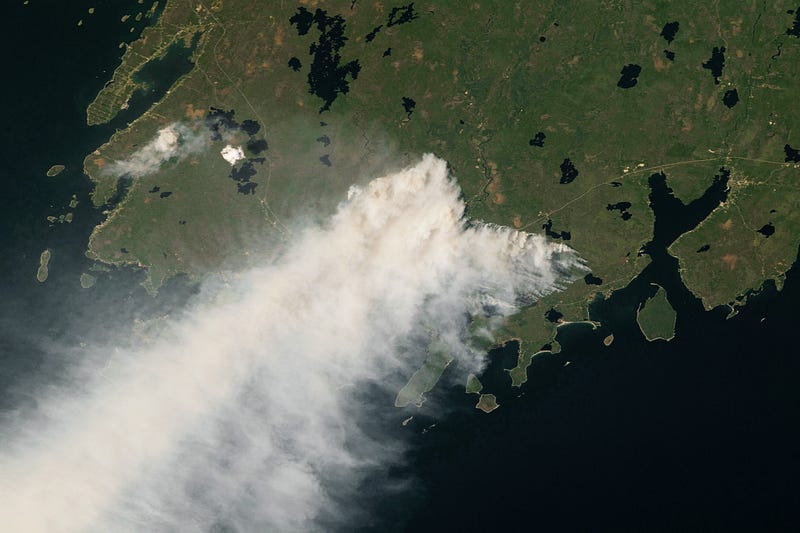Level-2 News
NASA Researchers Detect Tsunamis by Their Rumble in the Atmosphere [link]
“New hazard-monitoring technology uses GPS signals to go wave-hunting in the Pacific Ring of Fire. GUARDIAN’s long-term objective is to augment early warning systems.”
Related:
Improving Tsunami Safety with Remote Sensing Satellites [link]
1st UK climate tools acceted for space climate observatory [link]
“Two UK climate services — using Earth Observation to support climate decision-making — have been approved for listing on the international Space Climate Observatory. These are:
Strata — an early warning system to identify where climate change could impact areas already affected by natural disasters or conflict, led by University of Edinburgh
Space4Nature — using satellites and AI to map habitats, led by Surrey Wildlife Trust”
Planet and UAE Space Agency Forge Climate Change Partnership [link]
“Planet Labs is teaming up with the United Arab Emirates (UAE) Space Agency to help in the battle against climate change. The organizations plan to build a regional satellite data-driven loss and damage atlas for climate change resilience.”
Airbus introduces SpatiaCore [link]
“SpatiaCore, formerly known as Geospatial Financial Hub, is Airbus’ property risk analysis solution for finance and insurance.”
Developer’s Orbit
EO Climate Hazard Analysis App [link]
“A Google Earth Engine API (interactive dashboard) for satellite-based global climate hazard analysis (urban heat, landcover changes, etc). Project under World Bank Group.”
Snapshots

Raging Fires in Nova Scotia [link]
“For much of May 2023, wildland fires raged in western Canada. In the last few days of the month, blazes flared up thousands of miles to the east as well, in the Atlantic province of Nova Scotia. The fires, unusually large for Nova Scotia, forced the evacuation of thousands of people.”
Planet Snapshots Issue 77: Aquaculture [link]
In this week’s issue:
The blue revolution off our shores
The Colorado River’s landmark deal
Interesting reads
Observing the Earth from Above: ESA Earth Observation [link]
Follow this interview with Simonetta Cheli, Director of Earth Observation Programmes at ESA, who discusses activities and missions, job opportunities and what the future holds for this domain.
An improved view of global sea ice [link]
“Earth’s declining ice is without a doubt one of the clearest signs of climate change. A new high-resolution sea-ice concentration data record has just been released as part of ESA’s Climate Change Initiative — providing new insights of sea ice concentration across the globe.”
Problems with geospatial data in the era of climate risk assessments [link]
“RSS Hydro takes a look at geospatial data proliferation, accessibility, and sharing — old and new problems in the era of climate risk assessments.”
Big Data Meet Open Science [link]
“Learn how NASA’s Jet Propulsion Laboratory (JPL) in Southern California is working along with ASF and Caltech on the Advanced Rapid Imaging and Analysis (ARIA) Project, using SAR and global positioning system (GPS) observations to develop state-of-the-art methods for detecting and measuring ground change and for developing physical models.”
Papers
Artificial intelligence to advance Earth observation: a perspective [link]
Read this recently published paper, by Devis Tui et al., for perspectives on AI for Earth Observation.



